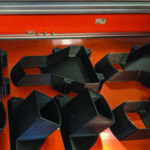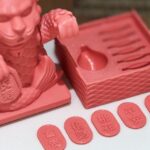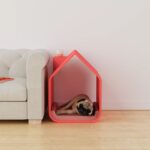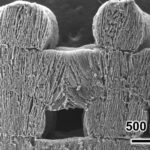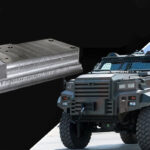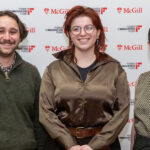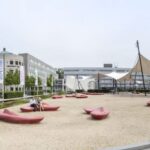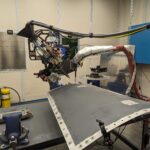The traditional manufacturing versus 3D printing debate is always raging somewhere or the other. Both have very compelling points, while also having their own drawbacks. However, Sandia National Laboratories posits that perhaps one of the most crucial flaws is in how we think about 3D designs. They are pushing for an optimized design approach to 3D printing that compensates for these drawbacks.
“That’s the nuance that seems to get lost, that you have to design differently,” said Ted Winrow.“It doesn’t plug into a standard design process.”
Wintrow is a leading design engineer who is making the case for putting together less precise 3D printed parts together with precise tools. Using this new process, the company designed a telescope faster and cheaper than by traditional means. The company is focusing on handling the precision consistency issues associated with 3D printing. They are doing this by shifting the cost structure to non-recurring costs as opposed to recurring ones. Thus, they build tools for longevity rather than for exact part precision.
Sandia’s Design Philosophy
The new design philosophy allowed the team to build the telescope in a 3rd of the time with a fifth of the costs. The precise assembly technique puts the emphasis on components that have a little wiggle room in terms of precision. Therefore, the company could focus on putting the less precise parts together with precise tools.
“Can we design a system that doesn’t care if your material is not as good as you expected it to be? Can you design a system that doesn’t care that your parts aren’t as dimensionally accurate?” Winrow said. “If you make yourself insensitive to the things that additive’s not very good at, you take advantage of all its good things.”
Novel designs ideas like this focus on what 3D printing does at as opposed treating it like traditional manufacturing. While there are still flaws in most 3D printing systems, designers can still leverage the benefits. Sandia proposes that this can be done by focusing on rapid prototyping and design. Sandia seems to be implying that designers must come to terms with the stark differences in both approaches. Then they can transcend the limitations of additive manufacturing.
Featured image courtesy of Sandia National Laboratories.


